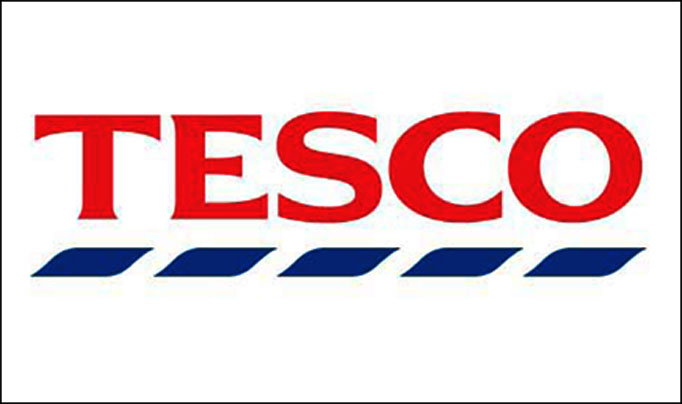Tesco Weighing the Merits of 3D Printing

Latest News
June 26, 2013
Even as prices continue to drop for home additive manufacturing (AM) systems, plenty of industry experts don’t believe the future holds a 3D printer in every home. Let’s assume, for the moment, that the pundits are correct. There are a number of good reasons to assume that not everyone wants, or is capable of running, a 3D printer. Think how many problems your relatives (or maybe it’s you) have keeping a PC working, and that particular piece of technology is pretty fool-proof.
If every household doesn’t contain an AM system, the odds are still good that people will at least want access to the technology. Consider the humble copy machine as an example. For years, copy machines were too expensive (and bulky) for most people to want one in the home, but people still wanted to be able to use a copy machine. Thus sprang up Kinkos and the change jar on the company copy machine.
If the demand for 3D printing in any way approaches the pre-digital demand for copy machines, a service industry will continue to grow around offering consumers what they want. Small shops will probably appear, and some companies, such as Staples, will jump on the bandwagon early in an attempt to breed customer loyalty.
With that in mind, we come at last to Tesco. For those who might not be familiar with the company, Tesco is a grocery and general merchandise chain that is second only to Wal-Mart in size and income. In a recent blog post, Paul Wilkinson, Tesco lead research specialist in the IT research and development team, declared the company’s early interest in investigating 3D printing.
We already print photos and posters in many of our larger stores, so why not other gifts and personalised items? How about letting kids design their own toys and then actually being able to get them made. What if we had a digital catalogue of spare parts for items that you’d bought? They could be printed on demand and ready for you by the time you’d finished your shopping. You could even take a broken item in to store; we could scan it in 3D, repair it digitally and make you a new one. The potential for 3D technology to revolutionise the way we view stores and what we can get from them is vast. –Paul Wilkinson
If Tesco does decide to bring AM systems into their stores, the move could initiate an explosion of 3D printing hithertofore unseen in the industry. In place of a few savvy consumers messing around with Materialise online, you’d have around 2,500 retail stores, each with a minimum of one 3D printer, offering the technology to thousands of customers worldwide. If that wouldn’t generate some interest in the technology, nothing would.
Below you’ll find a video that demonstrates Tesco’s interest in technology-aided shopping.
Source: Tesco
Subscribe to our FREE magazine, FREE email newsletters or both!
Latest News
About the Author
John NewmanJohn Newman is a Digital Engineering contributor who focuses on 3D printing. Contact him via [email protected] and read his posts on Rapid Ready Technology.
Follow DE






